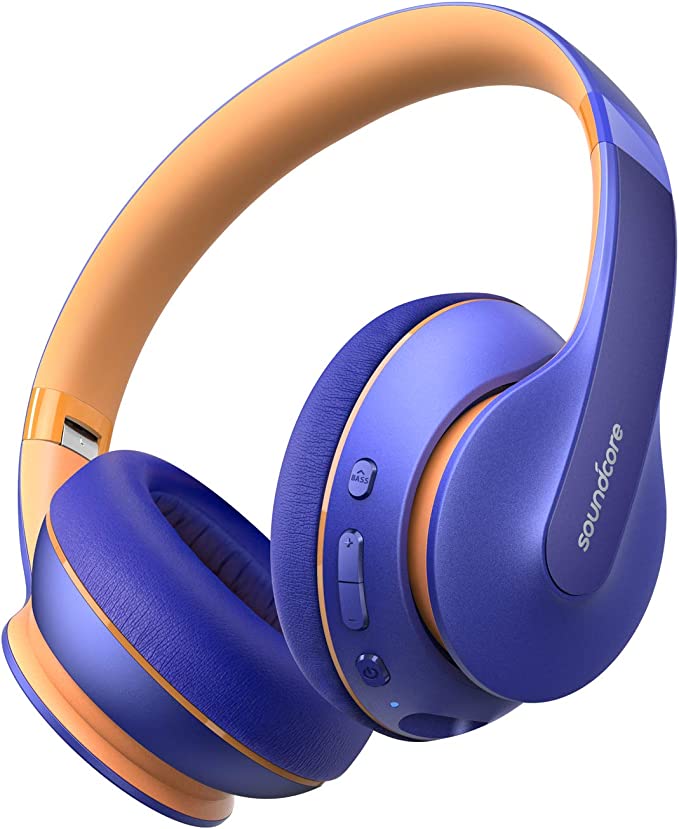Diode Laser Safety: Why an Enclosed Design Is the New Standard
Update on Oct. 23, 2025, 7:46 a.m.
So, you’re fascinated by laser engravers. You’ve seen the incredible things they make—custom cutting boards, intricate acrylic signs, and detailed metal cards. But there’s a little voice in your head asking, “Is this thing… safe?”
If you have that fear, congratulations. It means you’re respecting the tool. A powerful 22W diode laser isn’t a toy. It’s a sophisticated piece of equipment. The good news is that modern machines can be incredibly safe, if they are designed correctly. The biggest safety conversation right now boils down to one thing: open-frame versus enclosed design.
Let’s talk about the two main risks everyone worries about: the bright light and the weird smells.

The Eye Hazard: Why 455nm Blue Light is Tricky
So, let’s tackle that first fear: the blindingly bright light. Most popular hobbyist engravers, including 22W models, are diode lasers. These typically operate at a 455nm wavelength. This is a bright blue light, and it’s uniquely hazardous.
Unlike CO2 lasers (which are invisible infrared), this blue light is visible. Your natural instinct is to blink or look away. But the danger isn’t just the brightness; it’s the specific way this light energy interacts with your retina. It can cause photochemical damage, which is different from a thermal burn. It’s insidious.
This is why “open-frame” machines—the ones that are just a gantry on legs—are classified as FDA Class 4 lasers. This is the most dangerous class. It means the laser is a hazard to both your eyes and skin, and can even start a fire. When you buy a Class 4 machine, you are the safety system.
This is why they all come with a pair of (often uncomfortable) green safety goggles. These goggles are designed to filter out that specific 455nm wavelength. But this system has a flaw: human error. * What if you forget to put them on? * What if a friend walks into the room? * What if the goggles are scratched or don’t fit perfectly? * What if a pet walks by?
The reliance on goggles is a weak link.
The Lung Hazard: It’s Not Just Smoke, It’s Fumes
But even if you protect your eyes, what about what you’re breathing in?
When a laser cuts or engraves material, it’s not “burning” it in the traditional sense. It’s a process called pyrolysis—rapidly heating the material until it vaporizes. That “smoke” you see is actually a cloud of fine particulate matter and, more worryingly, Volatile Organic Compounds (VOCs).
According to research from NIOSH (National Institute for Occupational Safety and Health), laser-cutting plastics like acrylic can release benzene and other nasty chemicals. Cutting wood or MDF releases formaldehyde. These aren’t just “smells”; they are known carcinogens and respiratory irritants.
With an open-frame machine, those fumes go directly into your workshop, your garage, or your basement. You can buy (or build) a separate enclosure and add an exhaust fan, but now you’ve added another project to your list, and it may not be perfectly sealed.
The “Safety System”: Open-Frame (Class 4) vs. Enclosed (Class 1)
This brings us to the core design choice you have to make: open-frame or enclosed.
Open-Frame (Class 4): You Are the Safety System
As we mentioned, an open-frame machine is Class 4. It relies on you to manage all the risks. You must be diligent with your goggles, and you are responsible for building or buying an enclosure and a separate fume extraction system.
Enclosed (Class 1): The Machine Is the Safety System
The new standard for hobbyist lasers is the enclosed design. When a machine is fully enclosed with a protective, laser-filtering lid, like the Creality Falcon 2 Pro S, the safety classification can change dramatically. These machines are often certified as FDA Class 1.
What does Class 1 mean? It means the product is safe for consumer use under all normal operating conditions. The laser is contained. The enclosure itself is made of a material that blocks the harmful 455nm light, so you don’t need goggles just to watch it work. More importantly, it features interlock switches—if you open the lid, the laser stops instantly.
This design tackles both hazards at once:
1. Eye Safety: The lid is the “goggles.” It protects you, your kids, and your pets from accidental exposure.
2. Air Quality: The enclosure acts as a built-in fume hood. It contains all the VOCs and particulates, which are then actively vented out by a built-in exhaust fan. You simply attach a hose (like a dryer vent) and run it out a window. This gets the harmful fumes out of your workspace.

The Unsung Hero: Air Assist
There’s one more feature that is crucial for safety: Air Assist. You’ll see this listed as a feature for “cleaner cuts,” and that’s true. A jet of air blowing right at the laser point clears away debris. But it also does two critical safety jobs:
- Fire Prevention: It blows out the embers. When cutting wood or acrylic, materials can flare up. Air assist snuffs out these small flare-ups before they become a real fire.
- Fume Control: It immediately blows the heavy fumes and smoke away from the laser lens (protecting your machine) and towards the exhaust vent (protecting you).
Conclusion: Safety Isn’t an Accessory; It’s a Design Choice
You can make an open-frame laser safer. You can build an enclosure, buy a separate fume extractor, and be religious about wearing your goggles.
But the industry is moving towards a new standard where safety is integrated, not an afterthought. An enclosed (Class 1) machine with a built-in exhaust and air assist significantly reduces the risk. It removes human error from the most critical parts of the equation. When you’re deciding on your first (or next) laser, don’t just ask, “How powerful is it?” Ask, “How is it designed to be safe?”



















